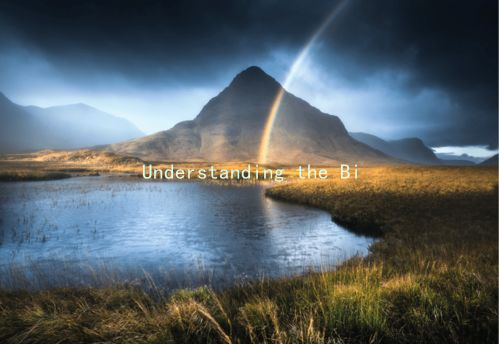Understanding the Big But: Key Strategies for Effective Communication in Love
In the intricate dance of romance, effective communication stands as one of the most crucial elements. Often, a subtle shift in language can dramatically alter the dynamics of a relationship. One of the most pivotal phrases in the realm of love is “the big but.” Understanding how to use it appropriately can unlock pathways to deeper connection and understanding between partners.
The Power of But
At its core, but serves as a conjunction that can shift the meaning of what has been said before it. In romantic communication, it often reflects a transition from praise or agreement to a critique or a divergent opinion. For example, saying “I admire how hardworking you are, but…” can lead to defensiveness or misunderstandings.
To use this powerful word constructively, couples must recognize its potential impact on feelings and perceptions. Instead of setting off a red flag, utilizing “and” instead of “but” can foster a more collaborative tone. For instance, “I admire how hardworking you are, and I feel neglected at times” combines appreciation with a personal sentiment, which opens the door for dialogue without undermining the partner’s value.
The Art of Timing
Understanding when to communicate is just as critical as how to do it. Timing can make all the difference in both romantic and difficult conversations. Choosing the right moment to bring up sensitive subjects or feelings ensures that both partners are in a receptive state.
For instance, discussing emotional needs or boundaries when both partners are calm and engaged can lead to more productive outcomes than addressing them during heated moments of conflict. Couples should aim for a shared space where emotions are balanced and both individuals can express themselves freely.
The Importance of Active Listening
Effective communication is not just about speaking but also about listening. Active listening involves fully engaging with your partner’s words, asking clarifying questions, and reflecting back what youve heard. This builds trust and reinforces that both partners feelings and opinions are valued.
When a partner feels understood, they are more likely to reciprocate with openness, even during tricky conversations. Techniques like summarizing what the other person has said and acknowledging their feelings can help diminish misunderstandings.

Nonverbal Communication: The Unsung Hero
While words carry significant weight, nonverbal signals—like body language, eye contact, and tone of voice—can express even more than what is spoken. Couples should be mindful of their nonverbal cues when engaging in conversations about feelings, goals, or concerns.
For instance, maintaining eye contact demonstrates engagement and sincerity, while crossing arms can convey defensiveness. Paying attention to these signals can enhance the effectiveness of verbal communication and create a more empathetic environment for sharing.
Finding Common Ground
At times, disagreements or varying perspectives may arise in relationships. Instead of allowing these differences to create distance, couples can frame conversations around finding common ground.
When initiating discussions about contentious topics, it is helpful to assert one’s own feelings while simultaneously expressing a willingness to understand and accommodate the partner’s views. A phrase like “I see things differently, and I’d love to hear your perspective” validates both parties’ experiences and creates a sense of teamwork rather than opposition.
Conclusion: Building Bridges, Not Walls
Mastering the art of communication in love requires conscious effort and practice. By being mindful of the implications of words, practicing active listening, recognizing nonverbal signals, and seeking common ground, couples can transform potential conflicts into opportunities for connection and understanding.
As we navigate the complexities of love, remembering the impact of “the big but” can lead to healthier dynamics and deeper emotional intimacy. With thoughtful communication strategies, couples can build bridges that support lasting relationships, allowing love to thrive even in challenging times.





